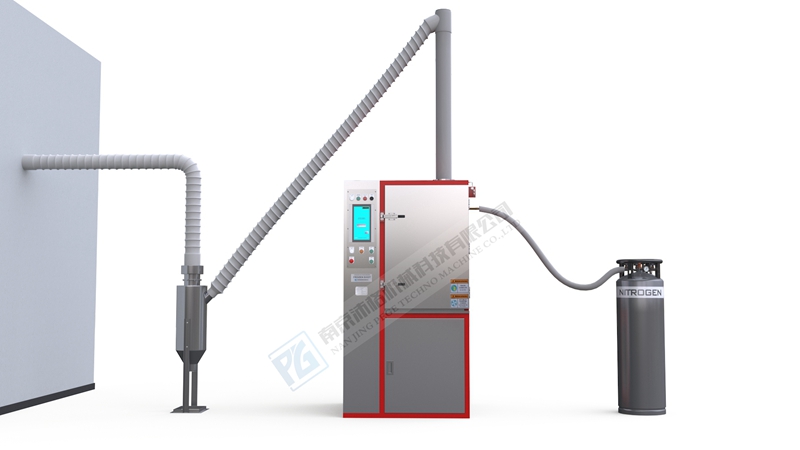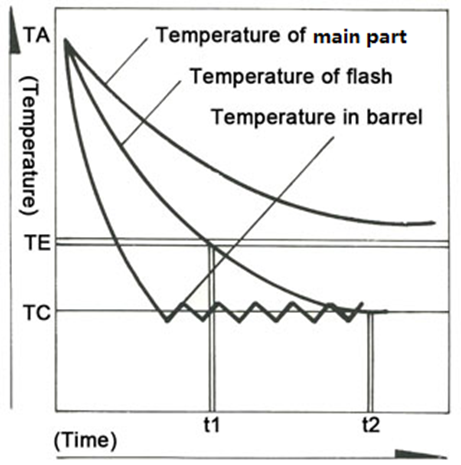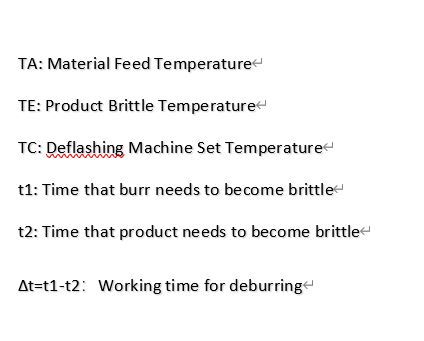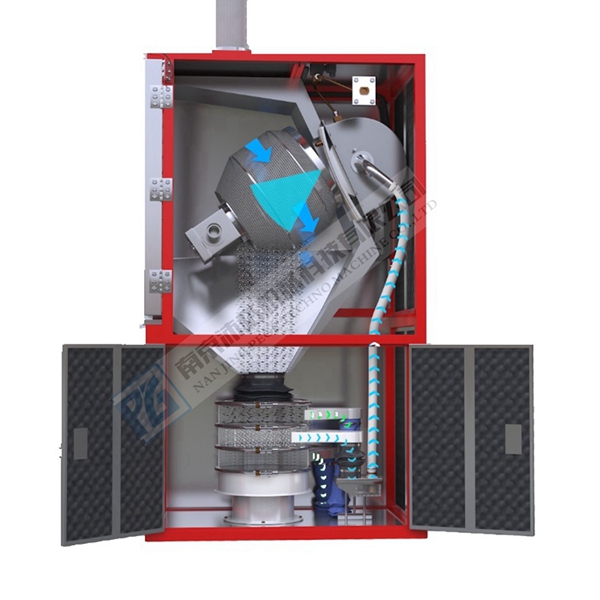Cryogenic Deflashing Technology

Cryogenic Deflashing Working Principles
Elastomer material has a feature that it becomes brittle when it is in low temperature and its property remains when the temperature gets back to room temperature.
Burrs of the molded products including rubber and plastics is generally much thinner than finished product itself, it becomes brittle much earlier than main product in the low temperature chamber (achieved with the use of liquid nitrogen).
With the temperature decreasing, the flash gets hardened, brittle like glass. The flash is easily broken by external force when it is under brittle state.


Cryogenic deflashing machine use this principle, works in the time range when burr is brittle and products keeps its flexibility, blast the flashes by high-speed special plastic media, the thin flash can be easily removed. After the process is complete, parts are returned to room temperature, the properties will return too.
cryogenic deburring leaves a clean part, with no dust or other residue remaining, with 100% burr removal.
Composition of A Cryogenic Deflashing Machine

From the above photo, you can see that a typical Frozen Shot cryogenic deflashing is composed of following parts:
-- Machine Frame
-- Barrel
-- Media Blasting System including media chamber, media tube, and media blasting wheel.
-- Seperation System including a vibrator, collection bags.
-- LN2 transimmision system
-- Electrical Control System
Liquid Nitrogen deburring uses liquid nitrogen freezing, barrel rotation, projection wheel speed, polycarbonate media size and process time in varying combinations to remove the flash in a efficient, precise, economical way.
cryogenic shot-blast and deflashing are ideal for die cast metal parts, complex rubber parts, precision electrometric parts, medical plastic parts, and micro electronic parts.
Suitable Materials for Cryogenic Deburring Process
Rubber Material: NR, NBR, HNBR, CR, EPDM, FKM, ACM, SILICONE
Precision Plastic: PA+GF, PC+GF, POM, PU, PUR, PBT, PPS, TPU, TPE, TPR, PTFE, PEEK
Die-casting Alloy: ZINC ALLOY, MAG ALLOY
Standard of Nitrogen Shot-blasting Technology
1. Small parts will be better [ Part Size smaller than your fist will be good];
Barrel volume is limited, so small parts means more can be processed in same time and cost, then single deflashing cost will be low.
2. Round parts without sharp edge or weak angels will be better;
Sharp edges or angels may be damaged if the point is too sharp.
3. Parts with longer flashes or the flash is hiddened in hole or flash which are not easily remove by manual will be more suitable;
4. The most import standard for cryogenic deflashing is that the flash thickness should be low.
-- For rubber components, the flashes thickness <0.2mm will be required.
-- For plastic components, the flash thickness<0.15mm will be required.
The thinner, the better result will be achieved. Flat flash and thickness is in the above range will be ideal for cryogenic shot-blast deflsahing process.